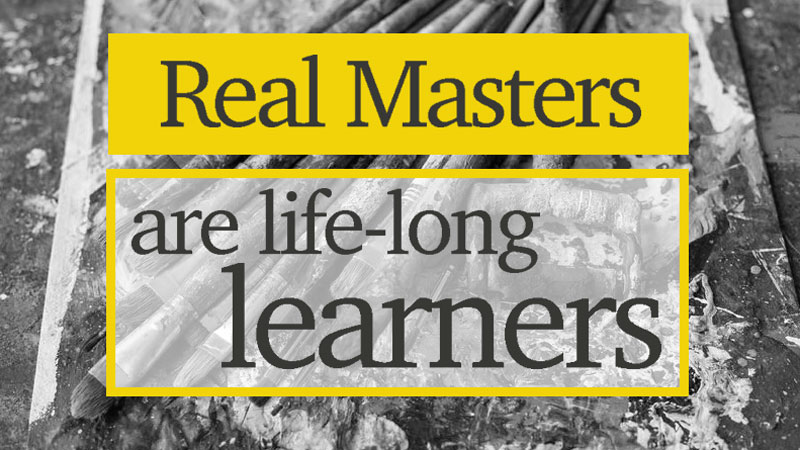
It’s true that there are those that proclaim to have found the “right” way to develop a work. Whether it be a drawing, painting, sculpture, or collage, these intellectuals deem their approach to be the best and thus designate it to be the “right” way to create.
Many of us “buy in” to this flawed determination, incorrectly believing that these gurus somehow know the “right” way to draw, paint, etc. without appreciating the truth. That truth being that are many paths and many “rights”. Many of these teachers truly believe that their way is the “right” and only way and thus, cease seeking additional knowledge – which is a flaw.
A visit to any art museum that houses influential works throughout time will confirm this truth. Each artist has found success in their own way, with their own process. They may borrow processes, use of media, or even ideas, but what hangs on the wall or stands in the space is uniquely their own. Most have had teachers, masters before them, while others have learned on their own. But each artist has found their own individual voice along paths that are as varied as their work. And the best of these, the true masters, continue to learn and evolve as they create.
As artists, we should never plan to reach a plateau. There is no summit, no peak in the development of an artist. It is an ever-evolving process of learning, whether through the guidance of a teacher or through self-discovery. We should never suppose that we have learned it all. We should never close our minds to new processes, new ideas, or new media.
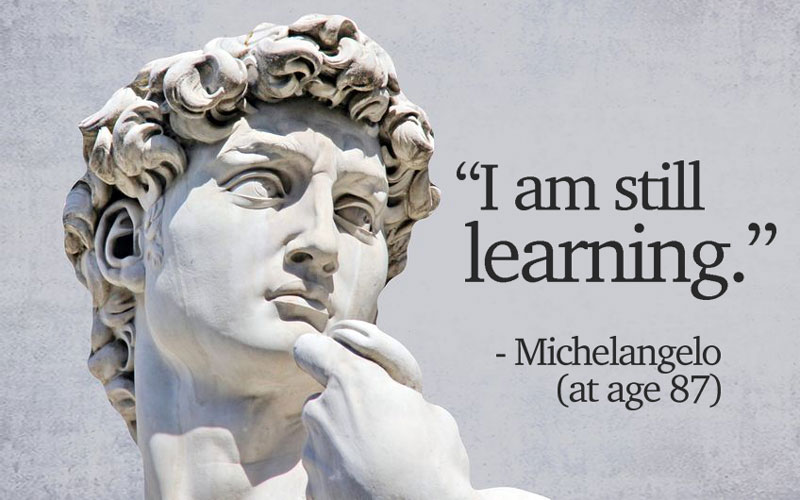
By the same measure, we should never become content with what we know. We don’t know what we don’t know after all. Therefore, if the desire is become a master at our craft, we should constantly be seeking additional knowledge. We should thirst for it desperately and look to others for guidance and inspiration with open minds.
When our minds are open, they become filled. When they are closed, our minds cease to grow and begin to wither.
When I was a young man, I was confident in what I know. As I have become older, I recognize how much I still have to learn. I know now that artistic development is a life-long journey to a destination never to be reached. That it is the journey itself that is the reward, not the destination.
How To Continue Our Learning and Discovery
Since it is clear that our art learning should never cease and that our growth should be a priority, here are a few strategies to continue our learning even after we have attained an admirable level of skill…
Read Books (Not Just Instructional Books)
Books are clearly an incredible resource of information. And when it comes to developing ourselves as artists, our first assumption may be to look to instructional books for additional knowledge. Instructional books are plentiful and many are of good use.
Many instructional books however, read as manuals and illustrate step by step processes. And while this is beneficial, it is not always the best place to search for knowledge that is designed to propel us forward. Instructional books show us a process (which is valuable), but do very little in helping us to develop our own artistic voice.
Other books exist that provide concrete advice on advancing ourselves artistically. Some speak to the fundamentals while others speak to the struggles that we face as creatives. Books of this type should be included in our continued learning.
- The War of Art – by Steven Pressfield (Philosophy)
- Drawing on The Right Side of The Brain – by Betty Edwards (Drawing Theory)
Visit New Places and New Cultures
An unexpected benefit to traveling is renewed vigor in creativity. Every time I have traveled, I have returned with an urgency to create and often the work that I produce is improved. Exposure to new places and people expands the possibilities of creation and whenever possible, it should be a part of your growth as an artist.
The world is vast and filled with so many ideas and experiences. When we are exposed to them, it carries over into what we create.
Learn New Mediums and Approaches
We often become comfortable with a medium or the manner that we approach a work. This makes perfect sense, of course. When we experience success, we naturally repeat it. But far too often, we begin to shun new mediums or processes for fear of failure, forgetting that it is the failures that teach us most.
My favorite mediums today are not the ones that I started with. In fact, some are mediums that I desperately feared. If I had let fear of failure keep me from experiencing them, I would not know the joy that they have afforded to me.
Be careful placing labels on yourself. Do not say “I am a painter – I do not draw”. This statement does not make sense to a master. For painting is not a skill without drawing.
Instead, expand your capabilities. Learn and experience as many forms of art that your time will allow. Be open to failures, but approach them with the determination to succeed.
- It’ Time To Try a New Medium (Article)
Look at Our Own Art Critically
We can learn from ourselves, if we are willing to take a close look. Creating art is a process of puzzles and decisions. We make small decisions with very mark and brush stroke. As we work, we are free to make changes and correct imperfections as long as we continue on to a finished work. Even then, every decision that is made along the way is not always the best. This is true in any work, even if the final result is deemed successful.
Improvement and learning comes from analyzing these decisions and evaluating their results. When we have completed a work we should revisit it after some time away and decide how we could have improved. These evaluations should be direct. Instead of saying, “the nose is not right”, we should offer to ourselves a clear strategy for how it could be improved.
- The Importance of Critique (Article)
- Member’s Minute Critiques (Membership Required) (Student submitted art)
Intentional Practice
Drawing and painting are skills that are developed over time and any skill requires practice. The best form of practice is intentional practice. Practice of this type means that a goal is set and the outcome is clearly defined.
If your goal is to become faster at sketching, then time yourself and intentionally focus on enhancing your speed.
If your goal is to draw accurate portraits, focus on capturing the “likeness” of subjects through specific features of the face. Draw the eyes as many times as necessary in order to render them accurately. Then draw the nose until it is accurate.
An athlete spends many hours training and practicing before the big game. We don’t see the hours upon hours that are devoted to practice, we only see the performance in the game. In the same manner, an artist should spend time practicing in their sketchbook or through the development of studies. Then, when prepared, create the work.
- How to Develop a Drawing Habit (Article)
- Improve Your Drawing Skills in 6 Days (Article)
Take Classes
Never in the history of mankind has information been so easily accessed. We can learn any bit of obscure information in just a few seconds, thanks to the internet. New skills can be had by anyone if they are willing to simply look for them.
Online classes are everywhere and many are of high quality. Students can re-watch lessons, pause video, and work along with the instructor in real time. And this doesn’t just apply to art. Just about any skill can be learned today at very minimal costs.
So why not take advantage of this wonderful information? Take as many classes as you can and learn from as many people as you can. There is something to be gained from just about anyone willing to share. Soak it all up.
- Courses Offered at TheVirtualInstructor.com
- Membership Program (All courses, Live Lessons, and Critiques are Included)
- Search for local art classes
Visit Museums Filled With Influential Art Works
There is no substitute for viewing artworks in person. When we study reproductions we’re able to study composition and color usage, among other things. But there simply is no substitute for being present with a work of art.
Almost all of us have a museum or gallery that we can visit. It may be a few miles away in some cases, but it is always worth the trip.
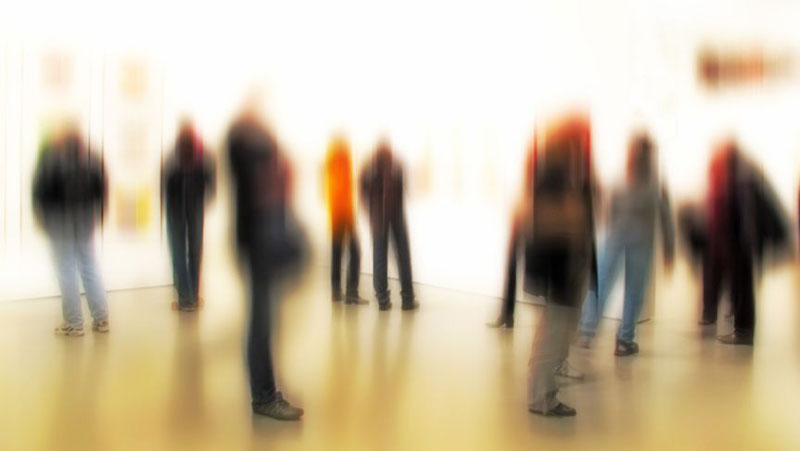
Spend the day and study the works. Put yourself in the position of the artist. Consider the decisions that were made. Look for imperfections – you will find them. Borrow ideas, processes, and usage of media.
Conclusion
We all have the desire to excel. No one strives for mediocracy. Advancement, even at the level of “master”, requires continued learning and growth. We should never become content with where we are today. Instead, we should always be pushing towards a new milestone and this requires continued and constant learning.
If so, join over 36,000 others that receive our newsletter with new drawing and painting lessons. Plus, check out three of our course videos and ebooks for free.
Lesson Discussion
Comments are closed.


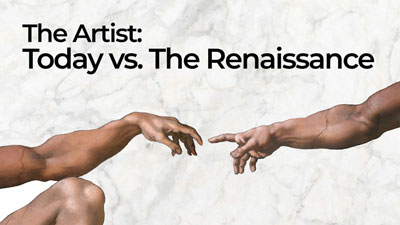
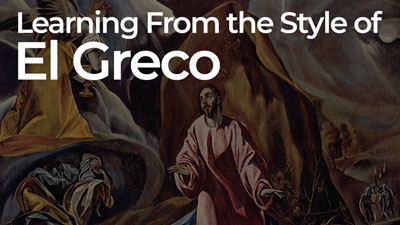
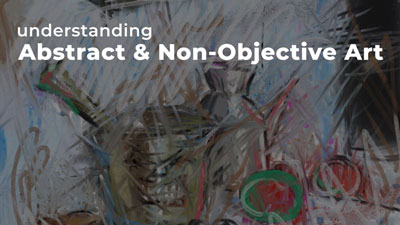
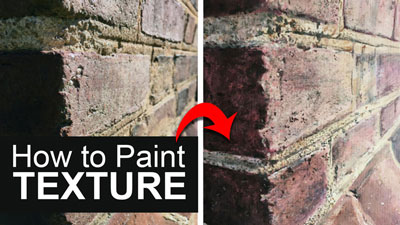
This is a great read Matt, I’m finding my mind of late wanting to soak up as much as I can , especially on here with your help 🙂
I started your portrait course but it’s on hold because my sister who is visiting us over in England because she lives in South America.
She asked me to do her a drawing which I’m flattered that she asked me
I’ve never said to you but I’ve done 4 commissioned work since joining you, one was actually a gift.
So were the 2 collie dogs you critiqued for me but I was asked if I would do it.
I got the book Betty Edwards drawing on the right side of the brain which is a fascinating book !!!!! Thanks for all you recommend..
As always I love all of your site, but I,do love your blog, so so interesting.
Cheers Matt x